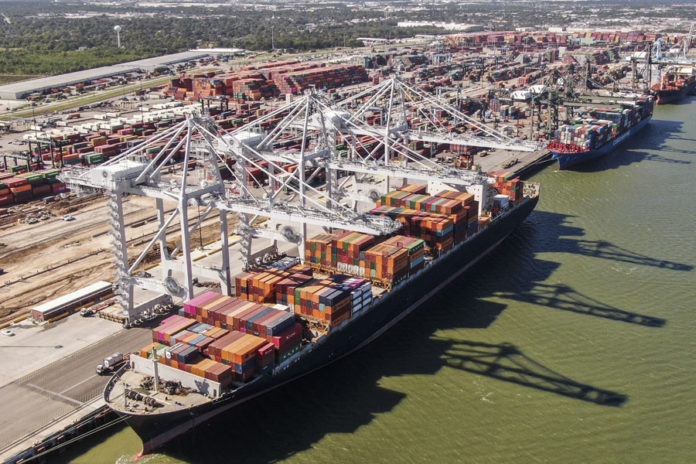
The prices of food and fuels are the most volatile of those monitored to gauge inflationary pressures, to the point that central banks prefer to use indexes that do not include those two items. Fuel prices are now at the highest level in seven years, due to a lag in oil production, as the world economy pulls out of the recession caused by the pandemic. Additionally, tensions in Eastern Europe involve Russia, the world’s third oil producer with 10 million barrels per day.
Both factors have pushed oil prices toward $100 per barrel, while regular gasoline prices in the United States approach $4 per gallon. Analysts are rightfully concerned about the consequences of this combination of geopolitical tensions and less oil production, in the middle of global inflationary pressures.
To deal with this emergency, governments could first draw oil from their strategic reserves, which provides only temporary relief. Additionally, the spike in prices can persuade producing countries that have the capacity, such as Saudi Arabia and the United Arab Emirates, to increase oil production. Further, higher prices could also stimulate United States producers, where oil production has decreased from 13 million barrels per day in early 2020, to 11.5 million in 2022. Another measure is to allow the return to the world market of oil exports from Iran, which are estimated to be available at about 1 million barrels per day.
*International analyst and consultant, former Director ECLAC Washington. Commentator on economic and financial issues for CNN en Español TV and radio, UNIVISION, TELEMUNDO and other media.






